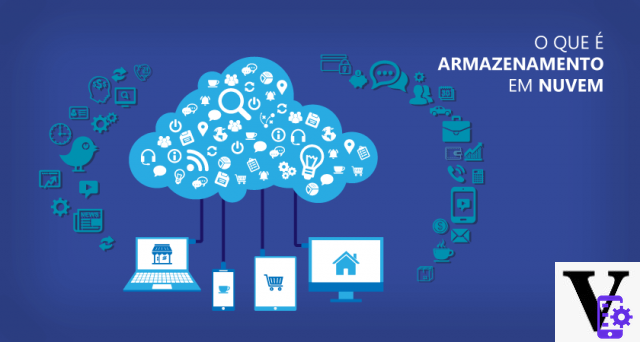
When you first set up your user profile on a Windows 8 PC, you can choose to create an account associated with a Windows Live ID. You can use one you already own or create a new one, the choice is yours. Just enter your email and password and in no time your settings will be synchronized on the system you are using.
This system it will not understand the sync of classic applications and settings without a domain. For this you will still have to use the classic solutions, such as making a backup, a restore point, etc. On the other hand, as well as being technically complicated, this option would go against the interest of Microsoft, which aims to use synchrony for push the new way to use Windows 8 PCs, through the Metro-style interface and applications.
Microsoft promises that if you already have an email address, your account and password will still be managed by your email provider. Microsoft will only use your username and password to administer settings on your Windows 8 PCs, even if you don't have a Hotmail address or have used other Microsoft services that require this ID.
The Redmond home knows very well that many users want check what they synchronize, then put a section in the Control Panel called “Sync PC Settings” where you can decide what to do. You can turn sync on or off, or selectively choose what to synchronize, managing some large groups: Customize, Themes, Ease of Access, Language Preferences, Applications, Browser, Other, Passwords.
Within a company, IT administrators will be able to control everything from what a user can synchronize via a group policy to making sure that synchronization takes place on a company-internal PC, rather than in the cloud.
###old1156###old
Another critical point therefore concerns the safety, but Microsoft has thought of that too. Your ID will ask you a more complex password - you will not be able to leave the blank space in the dedicated field - and will collect one secondary proof that will certify your identity .
This category includes alternative email addresses, mobile numbers and questions with secret answers. This second security step will also be useful when you have forgotten your account password and want to recover it.
If a Windows Live ID account is stolen this will go into a "compromised" state, with limited capabilities at least until you regain control of it through the two-level authentication we wrote about earlier. Finally, still on the subject of security, Microsoft has taken important measures to protect your data.
The first is that the sync will not be done wirelessly by default. The second is that all user data will be encrypted on the system before being sent to the cloud space. PC data and settings will be transmitted via SSL / TLS cryptographic protocols.
###old1115###old
“The most sensitive information, such as credentials, will first be encrypted based on your password and then re-encrypted when it needs to be sent over the Internet. Also, before sensitive information becomes accessible on a second Windows 8 PC, you must establish the security of that PC by offering another proof of your identity (this is only required the first time you log in from that PC). This can be given by giving Windows a code that was sent to you on your phone or by following instructions sent to an alternate email address, ”Microsoft added.
Windows 8 will therefore not be all online like Chrome OS, but it will allow you to take advantage of the cloud to simplify your life and save you many steps that often when you change a PC take away precious hours, as well as peace of mind.
This is a first step towards a very specific direction (inspired by the mobile world) which is, in our opinion, that of making all devices with Microsoft software as one: think about when we will be able to access the contents of the Xbox from Windows or Windows Phone and vice versa. A real godsend.
Windows 8 your life in the cloud, your PC everywhere



















![[Review] Samsung Powerbot VR7000: the robot vacuum cleaner from Star Wars](/images/posts/6bc44de38605b5c0fa12661febb1f8af-0.jpg)





